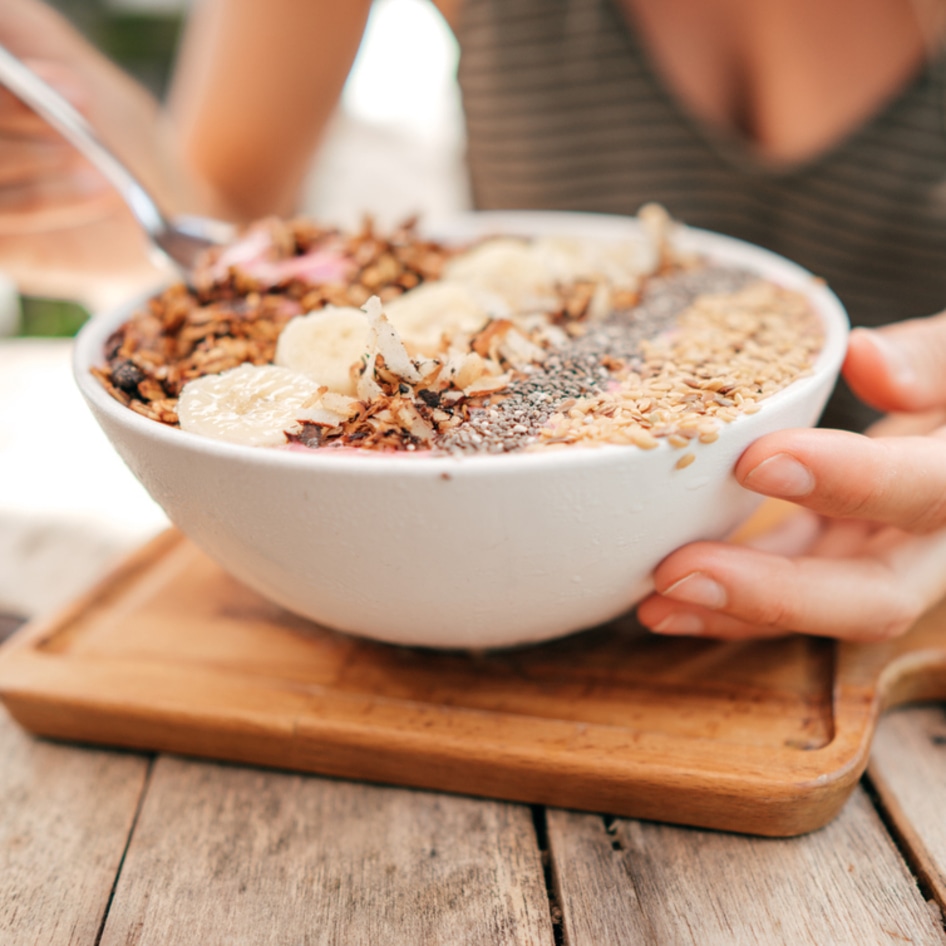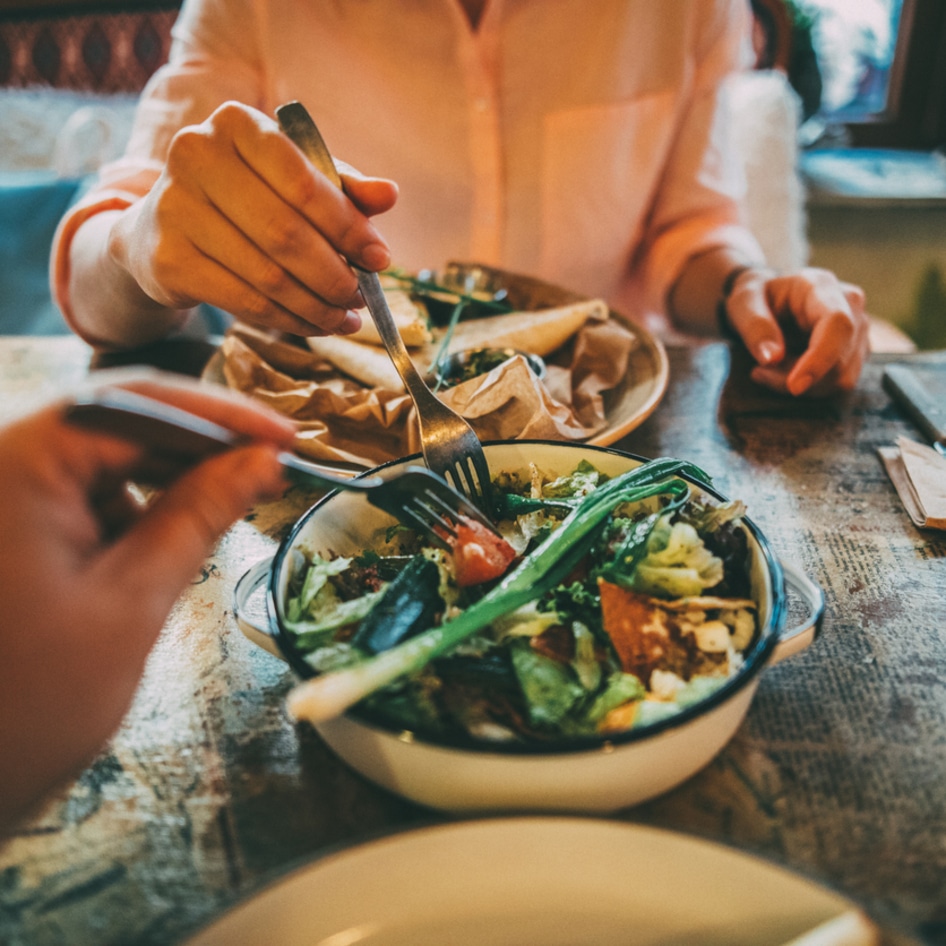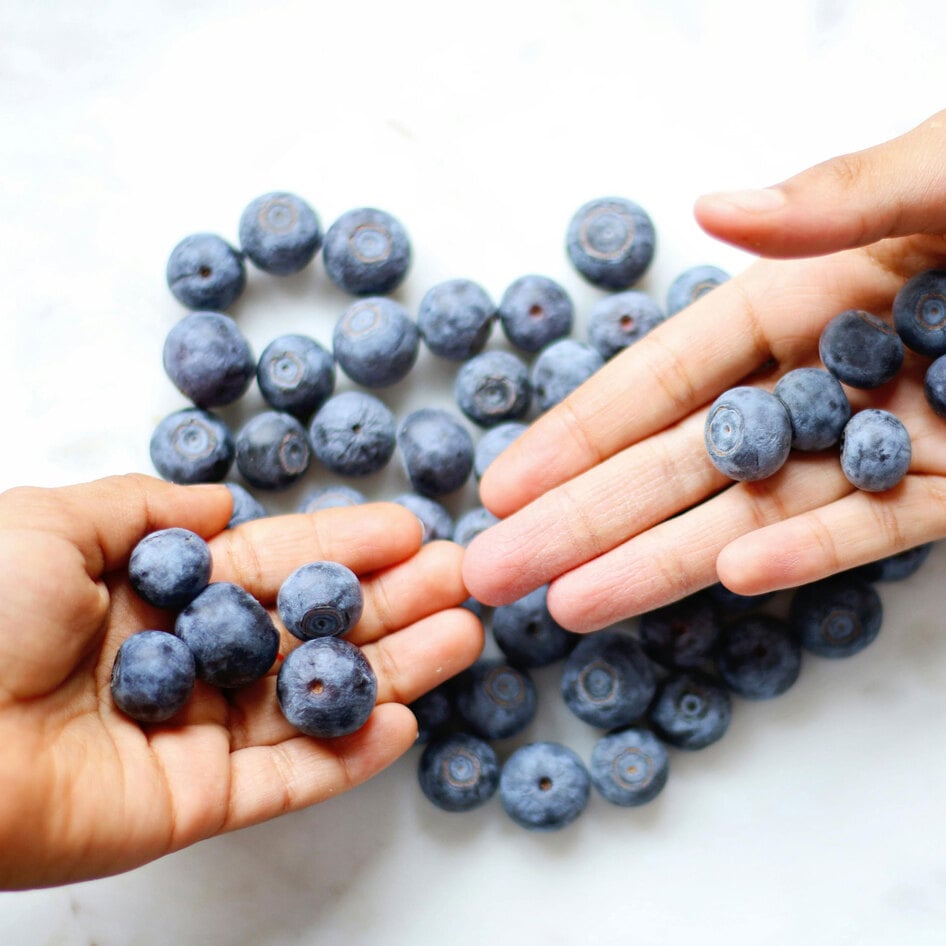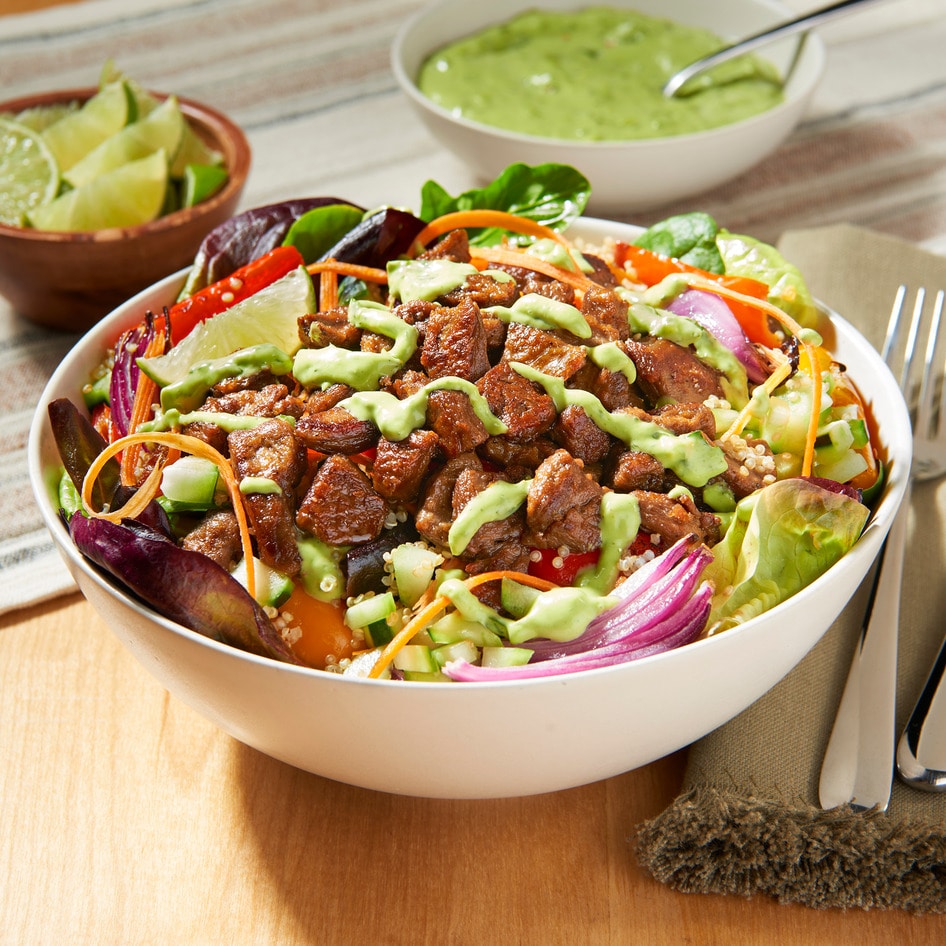Cook More Kid-Approved Vegan Food
Stop dinnertime struggles and help your kids get over their fear of healthy foodstuffs.
October 17, 2009
Most American adults have a hard enough time eating their fruits and veggies. But what about the younger generation? With constant kid-friendly advertising for toaster pastries and sugary cereal, it seems like kids need processed food to survive. The usual stereotype is that all youngsters hate vegetables, but this doesn’t have to be the case. Ideally, kids should eat fruits and vegetables with every meal, and at least half of their grain intake should be from whole grains. Raw foodist and author Robyn Boyd has some suggestions to make sure kids eat what’s good for them—without the help of a cartoon mascot.
1. Involve kids in your kitchen mishaps
When kids help prepare food, they are much more interested in tasting new recipes. After all, it’s their creation! Even the most complicated dishes include a few easy steps that can be completed by less-experienced sous chefs. Smoothies are great because most kids like fruit, and it’s easy to sneak in healthy ingredients like flaxseeds, green powders, and even the occasional vegetable.
2. Makeover your pantry with healthy alternatives
Make sure you read labels and get rid of anything that contains hydrogenated oil or high fructose corn syrup. These ingredients receive a lot of negative press because research has linked them to obesity and other diseases. If either one is a main ingredient, it is a sure sign the food you’re about to eat is over processed. Replace regular ketchup with fruit-juice sweetened organic brands, try almond butter for a change, and look for jams that do not have any added sugar. Experiment with different organic, whole-grain breads until you find one your family likes. These small changes can make vast improvements in your family’s overall diet by lowering sugar intake and upping the fiber.
3. Snacks and treats are not the same thing
Snacks, like meals, are foods we eat to fuel our bodies with energy and nutrients. Treats are foods eaten occasionally just for the fun of it. Unfortunately, we don’t always notice the difference. Most kids are snacking on treats with no nutritional value, such as pretzels, chips, cookies, animal crackers, and candy. They should really be snacking on nutrient-dense foods such as raw fruits and vegetables, whole grains, nuts, and seeds. Encourage healthier snacking by cutting up fresh fruit and vegetables so these items are ready-to-eat out of the fridge, and make sure good snacks are always more accessible than treats.
4. Teach kids to be smart about their food
This is the ultimate goal. When kids are small, it’s much easier to control what they are eating, but eventually they will be out in the real world where they will need to make their own choices. The best strategy is to lead by example and instill healthy habits early on. If eating right becomes second nature, it will be easier for kids to stick to healthy foods as they move through their teen years.
JUMP TO ... Latest News | Recipes | Guides | Health | Shop







